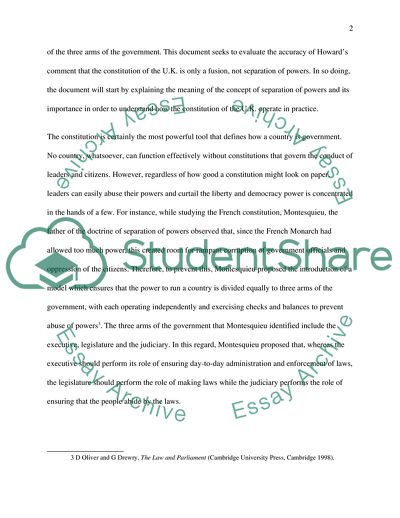Cite this document
(The Doctrine of Separation of Powers Report Example | Topics and Well Written Essays - 2000 words - 3, n.d.)
The Doctrine of Separation of Powers Report Example | Topics and Well Written Essays - 2000 words - 3. https://studentshare.org/law/1855209-constitutional-law
The Doctrine of Separation of Powers Report Example | Topics and Well Written Essays - 2000 words - 3. https://studentshare.org/law/1855209-constitutional-law
(The Doctrine of Separation of Powers Report Example | Topics and Well Written Essays - 2000 Words - 3)
The Doctrine of Separation of Powers Report Example | Topics and Well Written Essays - 2000 Words - 3. https://studentshare.org/law/1855209-constitutional-law.
The Doctrine of Separation of Powers Report Example | Topics and Well Written Essays - 2000 Words - 3. https://studentshare.org/law/1855209-constitutional-law.
“The Doctrine of Separation of Powers Report Example | Topics and Well Written Essays - 2000 Words - 3”. https://studentshare.org/law/1855209-constitutional-law.


